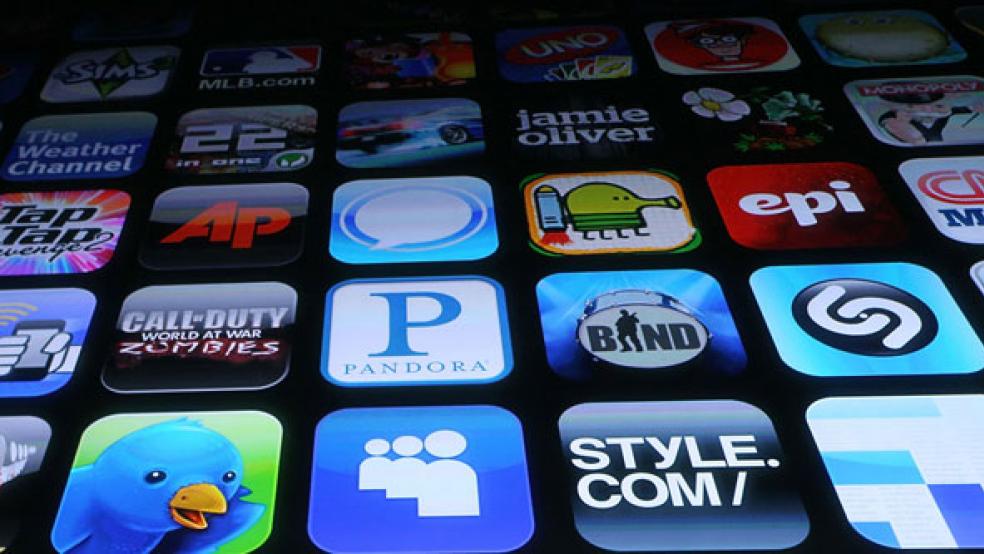In 2008, the same year Apple launched its iPhone App Store, the mobile app market brought in $349 million in revenue. By the end of 2011, it will be an estimated $7.68 billion, according to Research2Guidance. And Apple, which last week started selling the iPhone 4S, will take in almost $3 billion of that. Even in 2007, when the first iPhone was released, the consensus was that it would revolutionize the mobile phone industry. But at the time, few imagined that it would spawn a multibillion-dollar ecosystem of related markets, like mobile apps—a market that has been further fueled by the popularity of Apple’s iPad.
From Angry Birds to Instagram, mobile apps are now as common in our lives as television—so much so that an estimated 24 billion mobile apps will be downloaded in 2011. That's a little more than three apps for every person on Earth. Ralf-Gordon Jahns, managing director of Research2Guidance, says Apple's entrance into the app market is largely responsible for this growth, pointing out that before Steve Jobs & Co. came along, mobile content was mostly made up of ringtones and wallpaper themes.
The role of developers also changed dramatically. Alan Warms, founder and CEO of Appolicious, a social recommendations web site for mobile apps, says that prior to the app store's creation, a developer had to fight fiercely to get a carrier or manufacturer to put them on a phone. “Then Apple said anybody can submit their app, and this encouraged a new class of developer to try and build one,” he says. “As a result, tons of successful companies have been created.”
Not that all app creators have seen it this way. Apple takes a 30 percent commission for each sale on its app store, which some think is too much. Still, the app store has paid out more than $2.5 billion to developers so far. It's also helped turned dozens of them—like Angry Birds creator Rovio—into massive success stories. The Finnish company’s hit game has been downloaded more than 350 million times, reportedly generating some $70 million in revenue and spurring talk of an IPO that could value the business at more than $1 billion.
As it stands, there are more than 425,000 iPhone apps that users can choose from, but that hasn’t scared off competitors. The Android OS, which has more than 300,000 apps on its Android Market, has managed to even the playing field, at least when it comes to downloads. Research firm Ovum recently reported that Android app downloads are set to surpass Apple downloads for the first time later this year. But that won't necessarily lead to the same revenue Apple rakes in. This is partly because Android apps face a level of piracy (and malware) not seen with Apple, and partly because Apple customers have grown more accustomed to paying for their content and downloads. The fact that a developer's app may not always work across the Android OS family also remains an issue.
Warms thinks Android is certainly a viable competitor, but that the iPhone still has an advantage because of the lock it holds on its hardware and app market. “There's just no other company like them, who is as big as they are, with these kinds of growth prospects in front of them,” he says.
Some are already betting the latest version of the iPhone will only serve to widen Apple's mobile app advantage. If consumers flock to the new Apple model—which posted 1 million preorders, a record for Apple—the impact on the iPhone's mobile app market share would be huge. By 2015, Research2Guidance estimates the mobile market will be worth $22.8 billion, and every recent forecast suggests Apple's device will be leading the way in market share.



